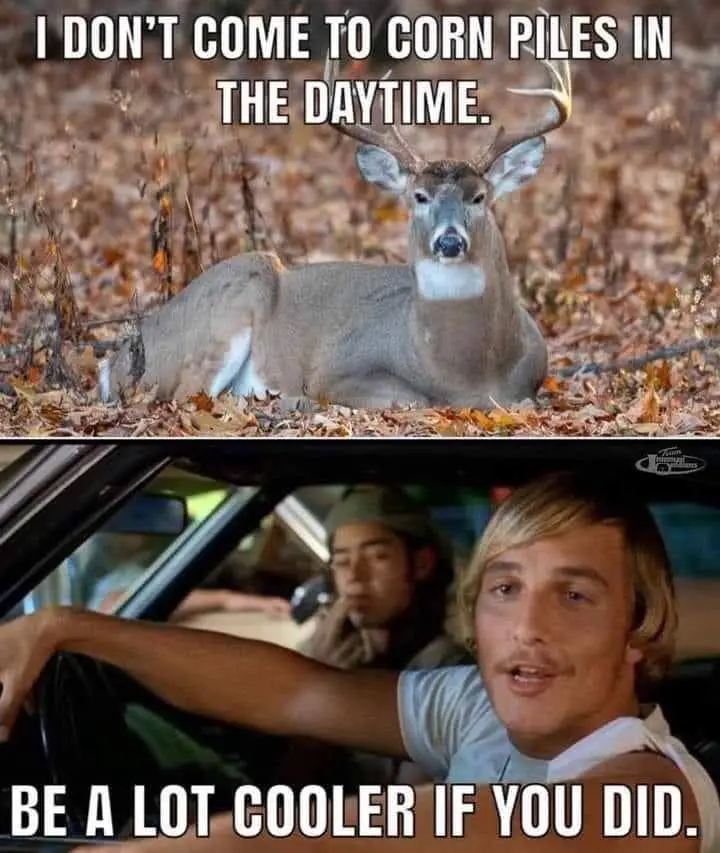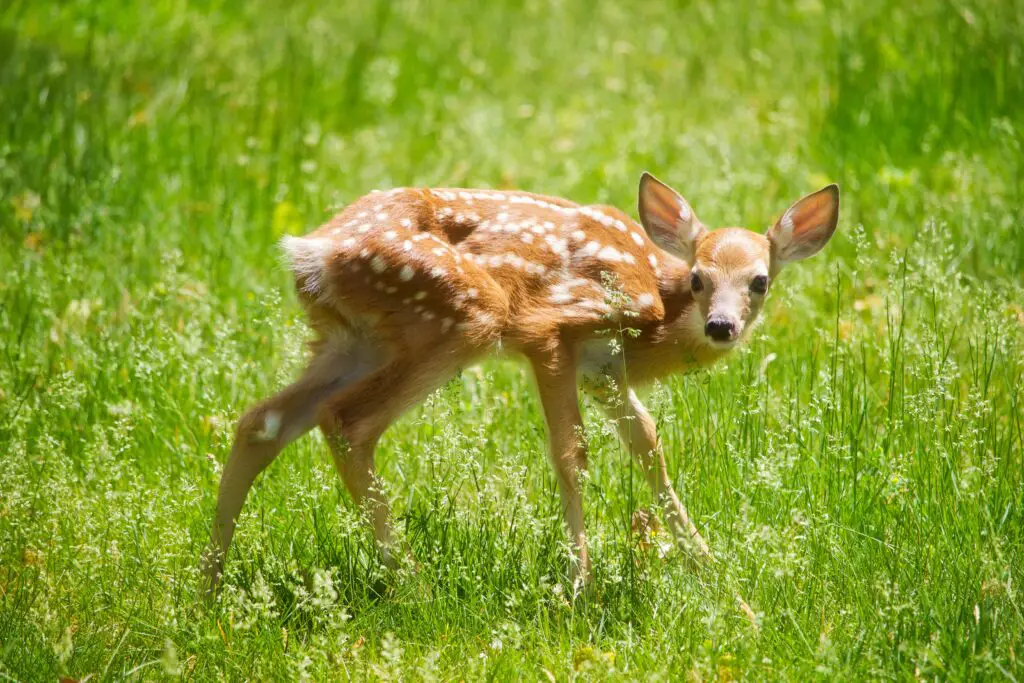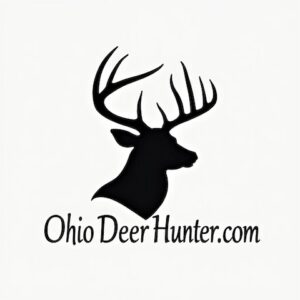Baiting deer in Ohio is legal on privately owned land, except in those counties in the Disease Surveillance Area which are Wyandot, Hardin, and Marion. Baiting deer is illegal on public land. Baiting deer is simply putting out a source of food such as shelled corn to draw them into your hunting area. Baiting for deer is practiced in many states, But what about Ohio?
>>Did You Know There Is An Early Season For Disease Surveillance Areas
Privately Owned Land
Any land that is not owned/managed by the Ohio Division of Wildlife is fair game to use bait in Ohio unless it is in the Disease Surveillance Area. Baiting is allowed on private land all year round including during the hunting season. You are even allowed to hunt directly over bait if you choose.
>>>Must-Have Gear For Ohio Deer Hunting

Public Land
Public land means land that is owned or operated by the Ohio Division of Wildlife. You do not need permission to hunt on it. It does have special rules depending on the hunting season that private land does not have. You are not allowed to use bait of any kind on public land.
Baiting Options Where Legal
Deer do not care what the label on the bag says. Corn is corn to a deer that is hungry. There are some differences between deer corn and regular shelled corn that you see at a feed store. There are also some added benefits to the deer’s health if you buy certain types of deer corn.
Related: How much does it cost to deer hunt in Ohio?
Regular Feed Corn
You’ll see regular 50-pound bags of feed corn sitting right next to a pallet of deer corn in stores like Tractor Supply Company or Cabela’s. Usually, the basic feeder corn will be a few dollars cheaper per 50-pound bag compared to deer corn. The feeder corn is whole corn meant for horses and cattle.
My Favorite Feed to use is Big Tine (free amazon delivery)

Deer Corn
Deer corn that is found in the stores is meant for the benefit of a deer’s health. The corn will be cleaned twice so there won’t be any dust or residue. If you’re feeding from a feeder, this type of corn is less likely to jam up your feeder, especially broadcast feeders. Deer corn also usually has a 5-6% protein blend added to it. Deer corn doesn’t just fill up their bellies, it actually provides some nutrients.
Most deer corn that I’ve seen on the shelves also has an added apple flavor to it. If you want to get some awesome velvet pictures in the summer, dump a bag of apple-flavored corn in front of your trail cameras (need a trail camera recommendation). The added scent and flavor are to get the deer on the corn faster.
Deer Minerals
Establishing a mineral site can be beneficial for your deer herd. Bucks crave minerals in the spring/summer months due to the new antler growth. Does crave the minerals because they are carrying fawns and it supports fetal growth.

Deer Carcass Regulations to Minimize Spread of CWD
The deer carcass regulations in Ohio aim to minimize the spread of Chronic Wasting Disease (CWD) by prohibiting the possession of high-risk carcass parts from deer and other Cervids harvested outside of Ohio or removed from a disease surveillance area.
Only specific parts, such as deboned meat, certain meat cuts, antlers, upper canine teeth, hides, capes, and finished taxidermy mounts, are allowed to be possessed from Cervids originating outside Ohio or from disease surveillance areas. Out-of-state hunters passing through Ohio can keep Cervidae carcasses or parts in their vehicle without unloading.
Hunters entering Ohio with complete Cervidae carcasses or parts not listed above, or wishing to transport such parts out of Disease Surveillance Areas, must present these items to a certified taxidermist or processor within 24 hours of entering the state or leaving a disease surveillance area.
Precautions To Take When Handling Deer Infected with CWD
When handling deer infected with Chronic Wasting Disease (CWD), hunters should take several important precautions to protect themselves and reduce the risks associated with the disease:
- Be aware that deer infected with CWD may not immediately show signs of the disease. Symptoms progress over time and may include loss of body condition, staggering, lowered head and ears, excessive drooling, and diminished fear of humans.
- Use rubber gloves when field-dressing the deer and make sure to wash your hands and tools thoroughly after handling and butchering the animal.
- When processing the meat, bone out the meat to minimize contact with brain and spinal tissues.
- Avoid consuming high-risk parts of the animal, including the brain, spinal cord, eyes, spleen, tonsils, and lymph nodes.
- Refrain from eating meat from any deer that tests positive for CWD.
- Consider having the harvested deer tested for CWD at your local department of agriculture’s diagnostic laboratory. Contact the appropriate authorities for more information on how to get the deer tested.

